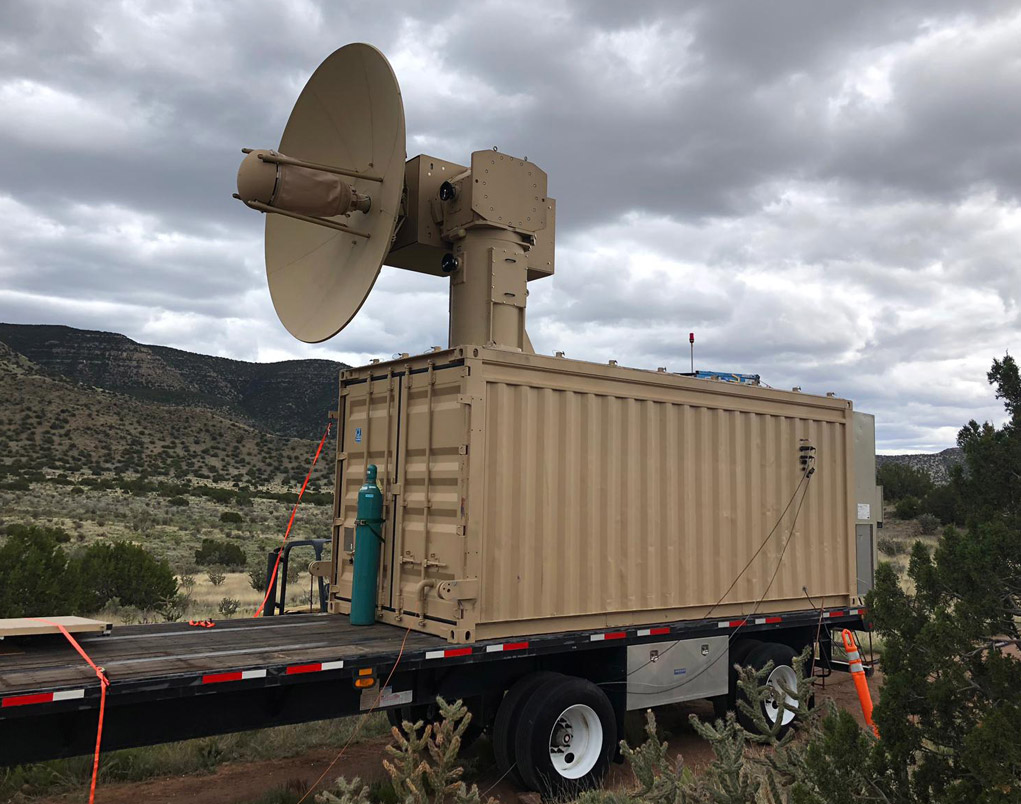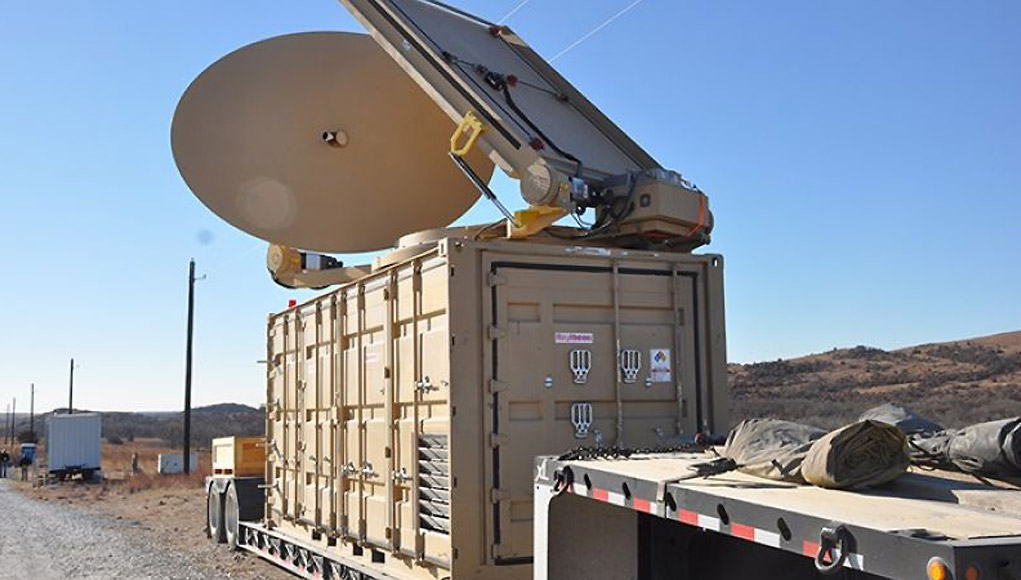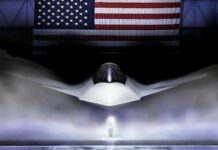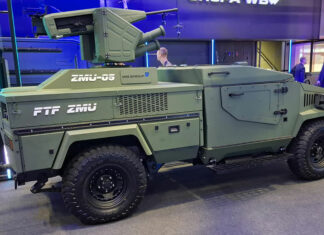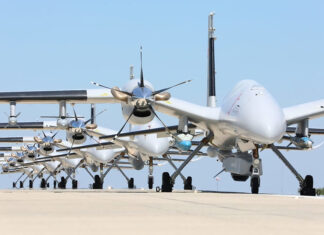The US Air Force Research Laboratory is investing US$16 million in further field assessment of Raytheon’s Phaser High Power Microwave System outside the continental U.S. The testing phase will span over 12 months in which the Phaser will engage simulated and real unmanned aerial systems threats. The evaluation will explore the effectiveness of Phaser’s counter-drone engagement without disrupting the necessary installation operations.
The effectiveness of Phaser against drones has already been demonstrated at the Army MFIX exercise in 2018, when the system eliminated 33 drones, 2-3 at a time. Currently mounted on a shipping container-like box, Raytheon plans to significantly reduce the size in future versions.
AFRL already evaluates two other HPM systems – the Tactical High-Power Operational Responder (THOR), that deploys as a means to provide base defense against drones, and ‘Counter-Electronic High-Power Microwave Extended-Range Air Base Air Defense’ system, or CHIMERA, designed to engage multiple targets over a larger area.
The HPM contract follows a separate Air Force contract in which Raytheon will build two prototype high-energy laser systems, also to be deployed overseas. The HPM and HEL systems can be used independently or together to counter-unmanned aerial system threats. “There’s more than one way to defeat a drone,” said Dr. Thomas Bussing, Raytheon Advanced Missile Systems vice president. “We are delivering the world’s first defensive directed energy systems that can be used alone or in tandem to defeat enemy drones at the speed of light.”
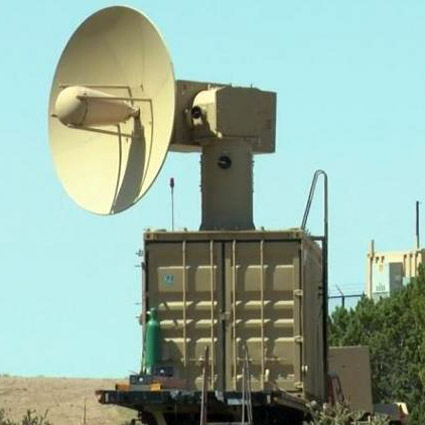
AFRL is running an accelerated development program funded by the Office of the Secretary of Defense (OSD) and began testing prototype equipment in the first half of 2019. Tests have been carried out at White Sands Missile Range in New Mexico and Kirtland Air Force Base in Albuquerque in cooperation with equipment suppliers including Raytheon, BAE Systems, Leidos, and Verus Research. The AFRL hopes to field an initial development system in 2020 under a $15 million program.
Click to subscribe to open the full version
